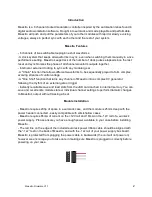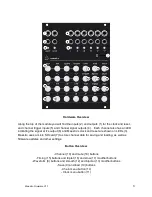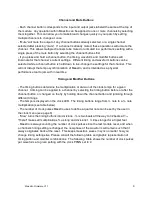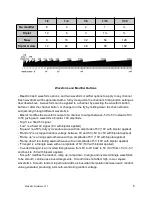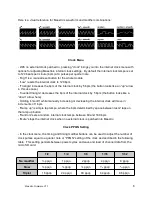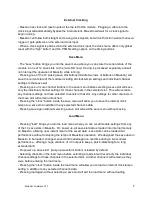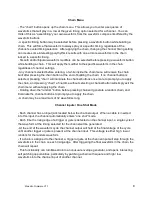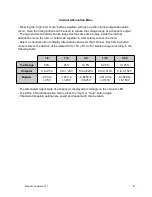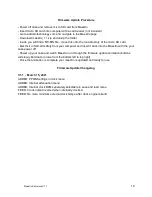
Introduction
Maestro is a 6 channel clocked modulation controller inspired by the automation lanes found in
digital audio workstation software, brought into eurorack and made playable and performable.
Maestro will push and pull the parameters of your other modules with rapid or slowly evolving
voltages, always in perfect sync with each other and the rest of your system.
Maestro Features
- 6 channels of live switchable looping/one shot waveforms
- A clock system that keeps all waveforms in sync, even when switching them manually in a live
performance setting. Maestro keeps track of the number of clock pulses elapsed since the last
reset and synchronizes the phase of all channel waveform outputs together
- Internal or external clocking to sync with any modular gear
- A "Chain" function that allows different waveforms to be sequentially played to form complex,
evolving streams of control voltage
- A "One Shot" function that turns any channel of Maestro into a complex CV generator,
following the rhythm of an external gate or trigger
- Instantly recallable save and load slots from the uSD card cached in internal memory. You can
save and recall entire module state or individual channel settings to perform dramatic changes
to Maestro's output without missing a beat
Module Installation
- Maestro requires 20hp of space in a eurorack case, and the module is 25mm deep with the
power header connected - easily compatible with slim/shallow cases
- Maestro requires 65mA of current on the +12V rail and 18mA on the -12V rail of a eurorack
power supply. Please ensure you have enough power available in your case before installing
Maestro.
- The red line on the edge of the included eurorack power ribbon cable should be aligned with
the “-12v” text on the back of Maestro, and with the -12v rail of your power supply bus board.
Maestro is protected from plugging the power cable in backwards (the unit will not power on)
however we encourage you to take care in making sure Maestro is plugged in correctly before
powering on your case.
Maestro Firmware V1.1
2


